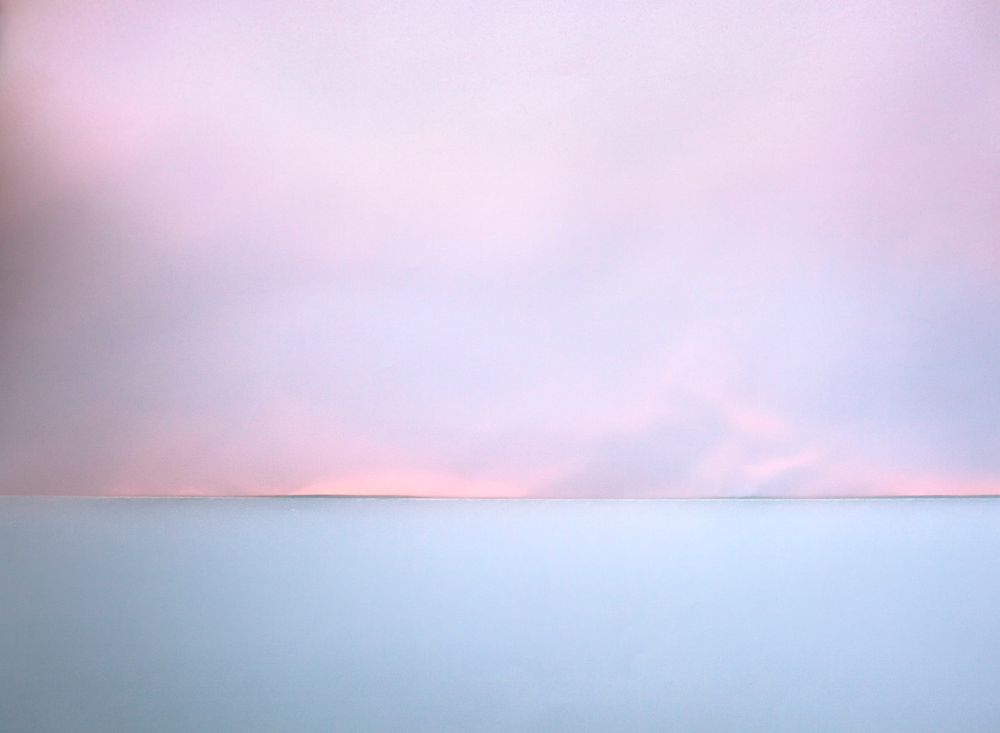Images to replicate
Edited Images
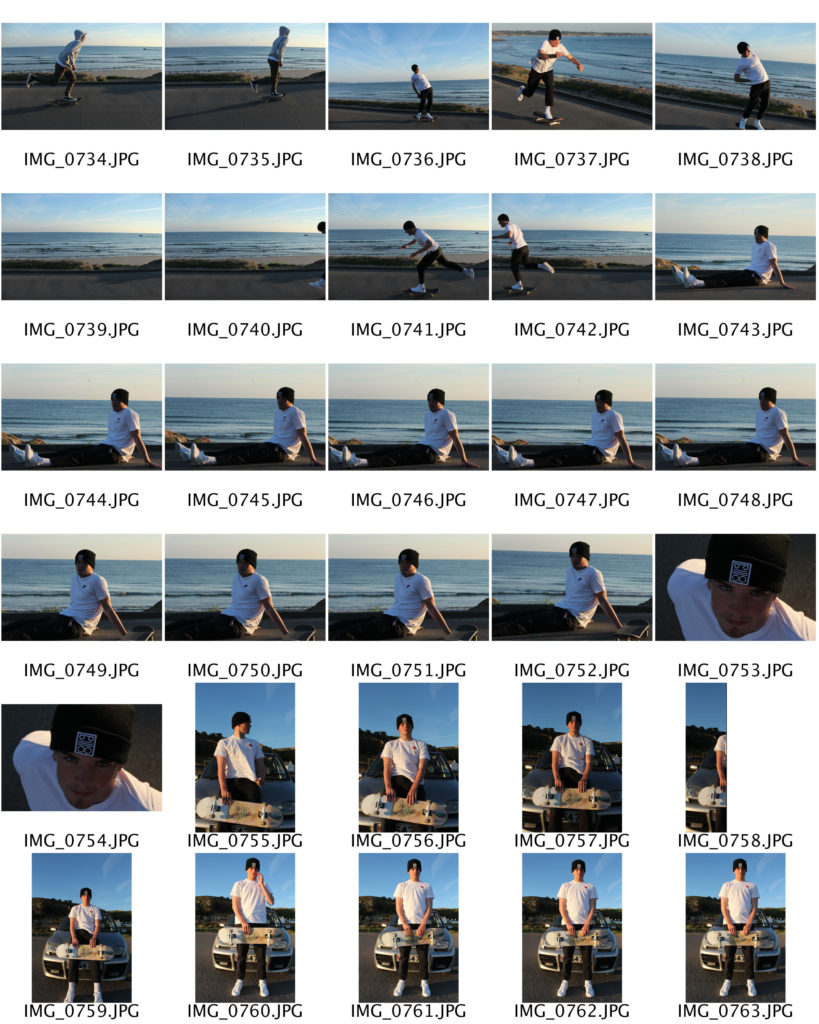

Images to replicate

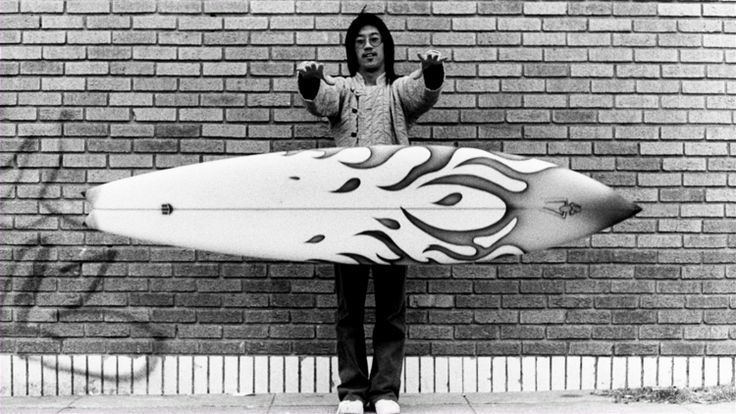

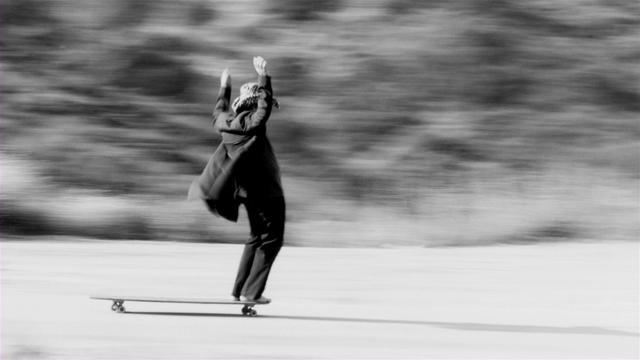
Edited Images
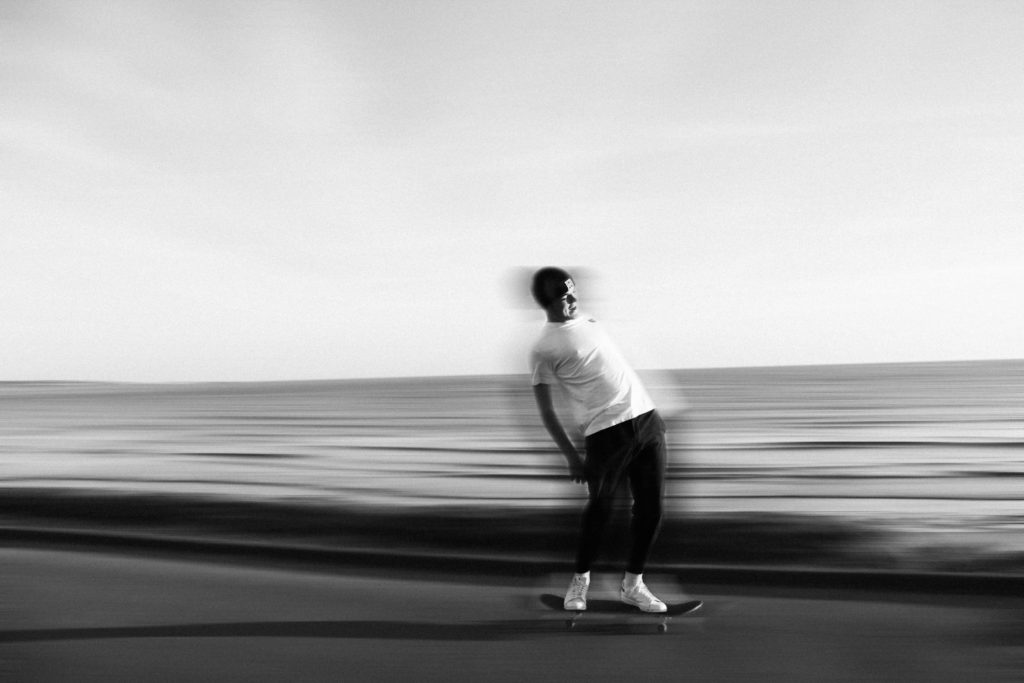
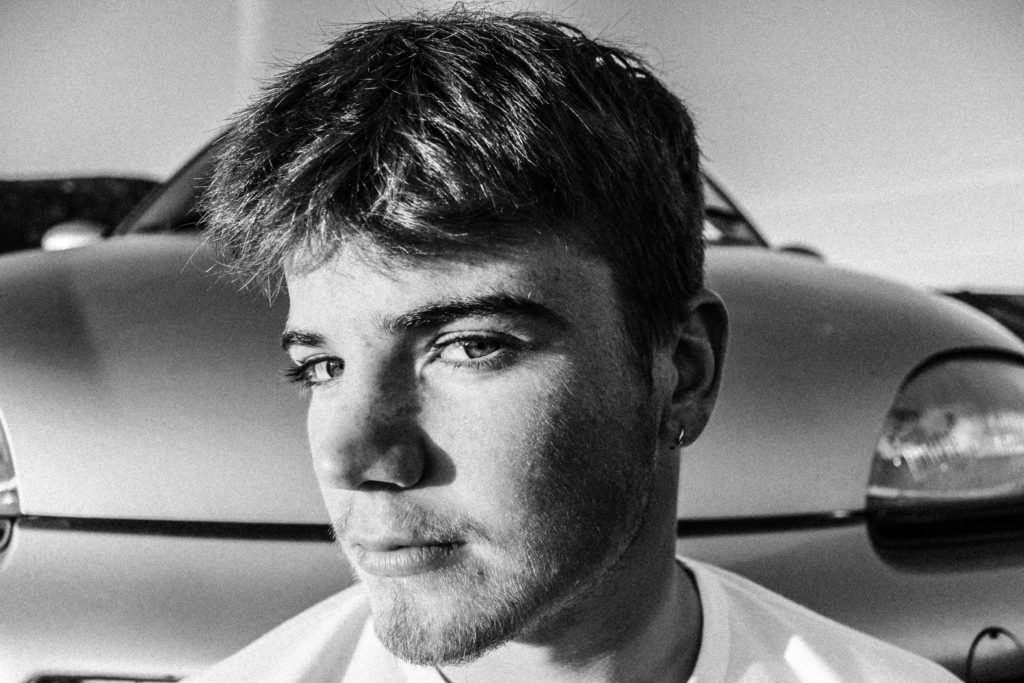
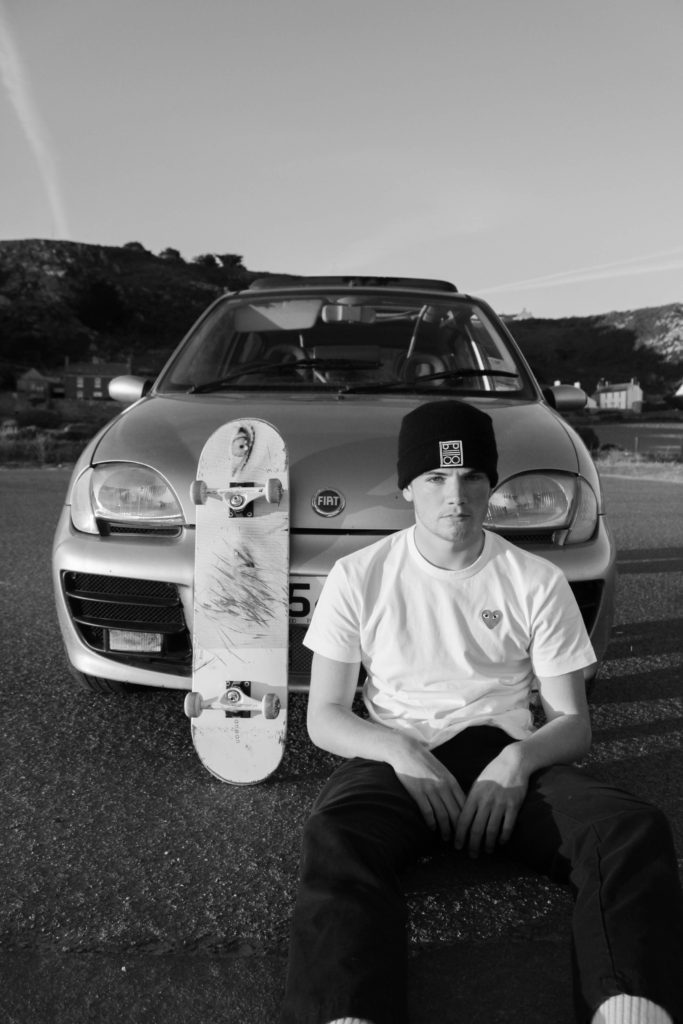




Shoot 1
Within this shoot I will be focusing on Larry Clark and I will focus on the skateboarders outside of the skatepark as I believe focusing on their lifestyle as well creates more of story behind the subjects I will be capturing. I believe that Larry Clarks images relate to the idea I want to capture in the sense that he also focuses on peoples lifestyles and I believe that the relation between my images and Larry’s with have significant similarities. I will be shooting in black and white on digital and on film. I will be using film as I believe creates a vintage feel to the images because of the grainy effect it creates.

Shoot 2
Within the second shoot I will be focusing on Larry Clark and I will again have the main focus on the skateboarders however within the skatepark and still focusing on their lifestyle. I will produce this shoot in colour as I want to capture the colours that can be seen ranging from the outfits to the gravitated walls which I believe will create a strong contrast with the black and white images. I will be shooting in colour film and on digital. I will be using film as I believe it will create a more raw feeling to each image which I believe will relate to the documentary side of this shoot.
Shoot 3
I will be focusing on trying to replicate images in the style of Craig Stecyk as I believe I can incorporate the skateboarding movement with portraiture in a strong way and I think I can come out with outcomes that will heavily juxtapose images from previous shoots. Craigs images are all taken in black and white and have a very raw feeling to them which I believe has connotations of documentary photography which I want to heavily focus on. Craigs images consists highly of both portrait and group images which I want to include throughout as I think creates a sense of variation throughout and it will have a contrast effect throughout. I will take these images on a digital camera in both black/ white and colour as It will able me to alter my final images in multiple different ways.

The variation of patterns within nature on plants, flowers, tree bark, and forming on water are diverse and show the fascinating visual details of the natural world. One artist who looks at patterns of nature in a compelling way is Adrienne Adam, a fine art photographer. Her up-close photographs of plants, flowers, trees, sand and the ground explore the varied colours, forms, shapes, thicknesses and sizes of the subjects she photographs, furthermore fulfilling the idea of natural beauty that surrounds these natural forms.
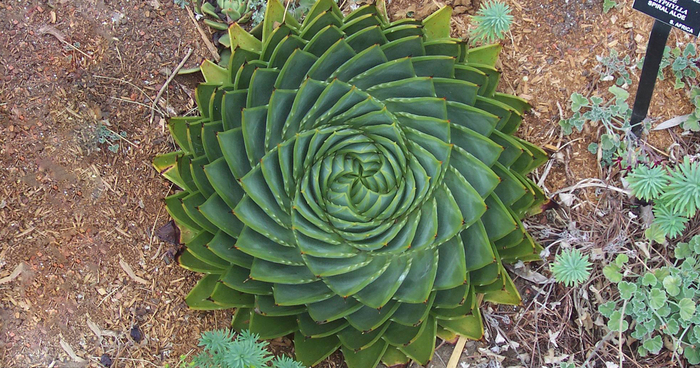
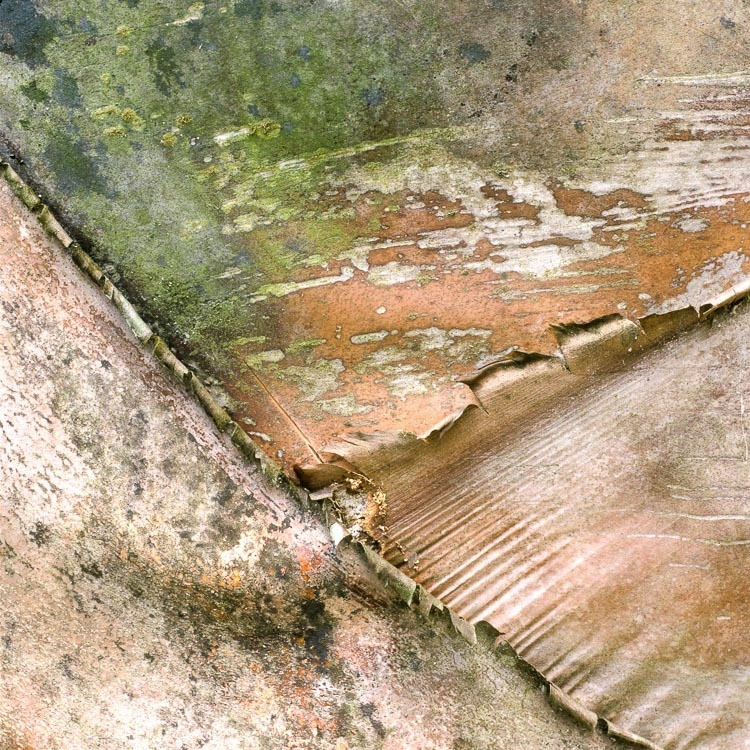
Adrienne writes on her website that the art of seeing for her is a spiritual practice by which she empties her mind of the business of life in order to be fully present and available to her surroundings. Most of the images she makes are intimate landscapes showing the subtle and unique patterns and textures… the magic found in nature. When making images her intention is to show the Spirit of nature. The degree to which she is successful at capturing the essence and energy of the subject on film is directly proportionate to the degree to which she is fully present with the subject that catches her eye. Adrienne considers herself a “student of light“– always standing on the edge of confidence in her exposures. “Light is as subtle and ever-changing as the wind. It is tangible and yet illusive.” For this reason, the images she makes are all exposed in available light so they are a study of how this element shifts and dances on the surface of a tree, of the water, of our lives. The images Adam’s presents are made with either the medium format 500CM Hasselblad or digital Nikon D300 cameras. Regardless of which camera or lens she uses. her intention is to isolate a small part of a scene in a way that tells the entire story of the big picture. During the selection process she chooses images that best represent the spirit of the original subject or scene in terms of color, contrast and mood. When Adams uses film, the “selects” are scanned and guide prints are made. The guides are returned to her to determine accuracy of the scan as-well-as for cropping purposes. In the case of images made with the D300, she makes the color and size adjustments herself. Once this process is complete the images are ready for print on a variety of papers and alternative media.
When seeing and technical knowing are aligned I am fortunate enough to “capture” the Spirit of Nature on film and share it with others. More importantly, I have become a better person and my life is filled with the understanding of what photography and nature teaches me… “Be conscious and notice the abundance and magic of life in every moment.”




The sea levels are continuously rising and lowering. A tide is a cycle of the sea level changing. The maximum water level is called the high tide, and the minimum water level is called the low tide. The tide between high and low tide is called the ebb or falling tide. The time between low and high tide is called the flow, flood or rising tide. The tide, similar to many things on Earth is impacted by the external gravatational forces. If we were to ignore the external fordes, the gravatiational force is directed towards the centre of the Earth, we would have no net lateral forces and therefore there would be no flow of water. The external forces that impacts the Earth, are the gravatational pulls of massive external bodies such as the moon or the sun. The primary changing gravatational field is the Moon. The secondary is the Sun. The sea level rises to the spot where the Moon is closest, and the sea level decreases on spots which are further away from the Moon. However, the Earth itself is also subject to the gravatational pull of the Moon. – (http://www.deltawerken.com )

“…the gravitational pull of the moon and the sun affect the Earth’s tides on a monthly basis. When the sun, moon, and Earth are in alignment (at the time of the new or full moon), the solar tide has an additive effect on the lunar tide, creating extra-high high tides, and very low, low tides — both commonly called spring tides. One week later, when the sun and moon are at right angles to each other, the solar tide partially cancels out the lunar tide and produces moderate tides known as neap tides. During each lunar month, two sets of spring and two sets of neap tides occur (Sumich, J.L., 1996).”
(https://oceanservice.noaa.gov/education/tutorial_tides/media/supp_tide06a.html)
My photoshoot at Noirmont consisted of ground based photography as well as from the air with the Phantom. Below is the contact sheet for all images collected on the day, both land and air. All of the unusable or poor shots had already been removed prior to this screenshot as part of the first stage of selection.
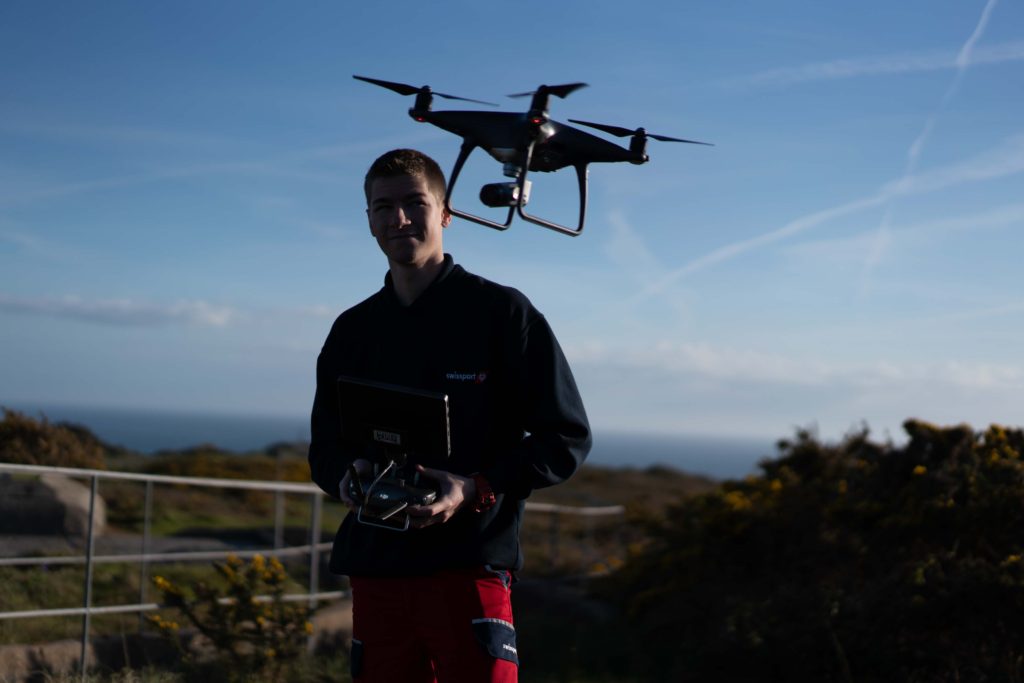
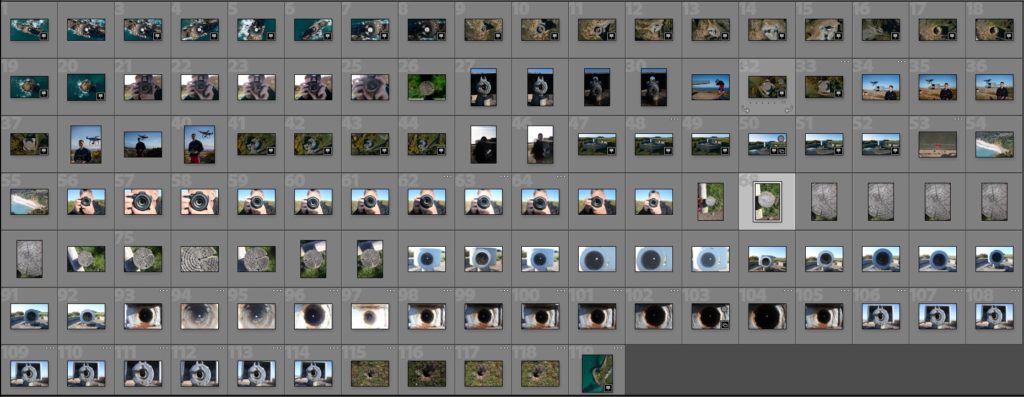
I now plan to edit the images and produce a set of land based and air based final outcomes from this shoot. Focusing on circles in different environments and angles.
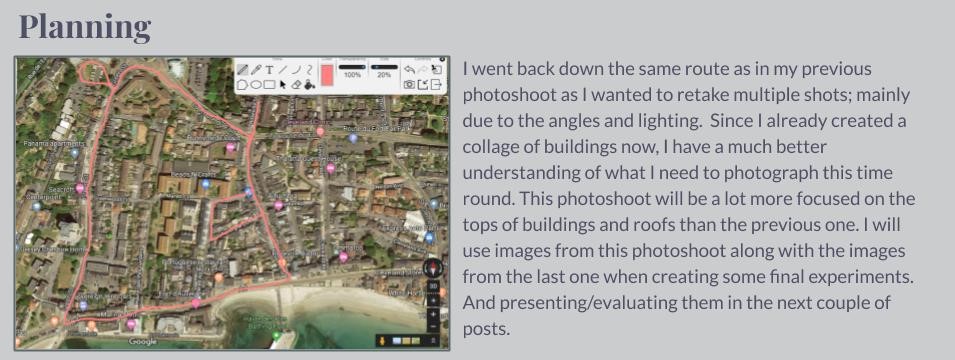




On a visit to Jersey Arts Centre, CCA Gallery and The Private and Public, I have looked at the exhibitions and photographed any displays I feel relate to my work. This has led to me mainly taking interest in exhibition works based around nature; butterflies, weather patterns and trees. I enjoyed physically seeing the works rather than on a screen as I could really see the intricate detail and interesting features, like glitter on silkscreen (Deific by Damien Hurst) up close which I wouldn’t be able to experience online. I have sourced the galleries I visited below which reference full overviews of what the current exhibitions are about and information about the artists / photographers.
https://www.ccagalleriesinternational.com/
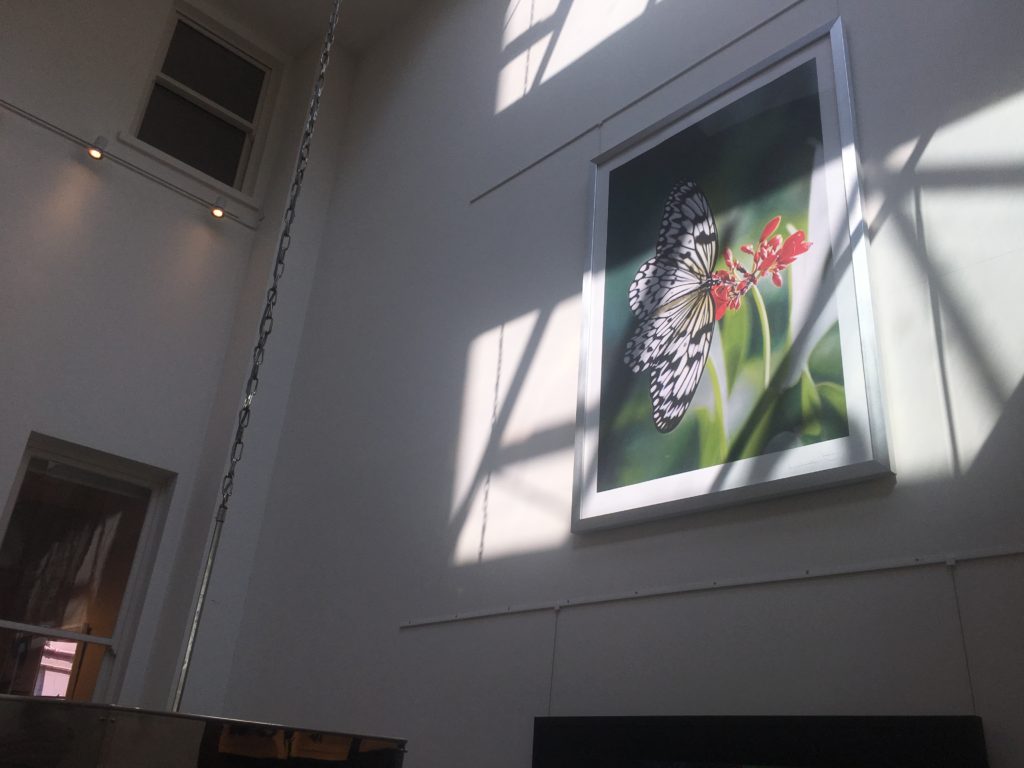
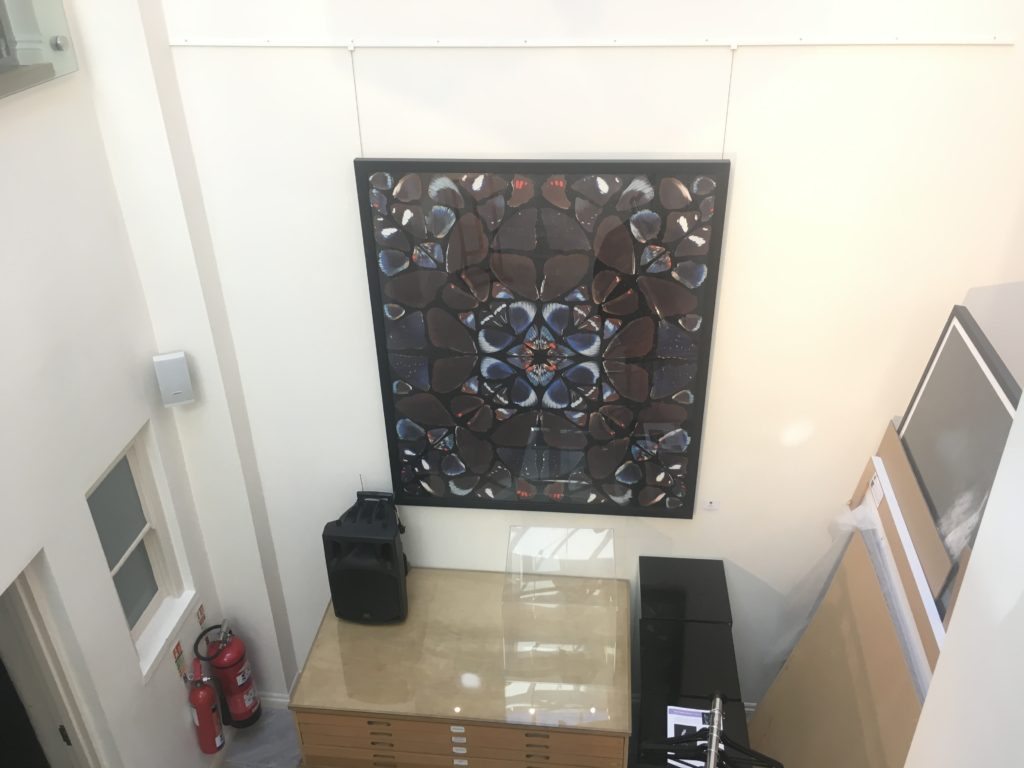
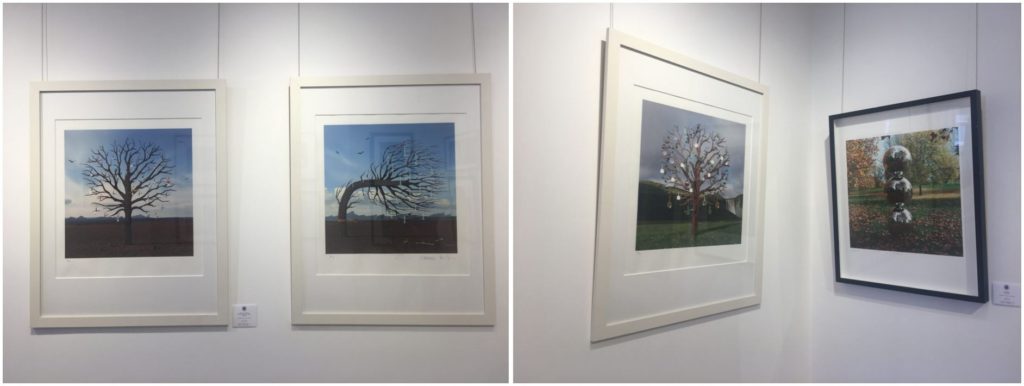

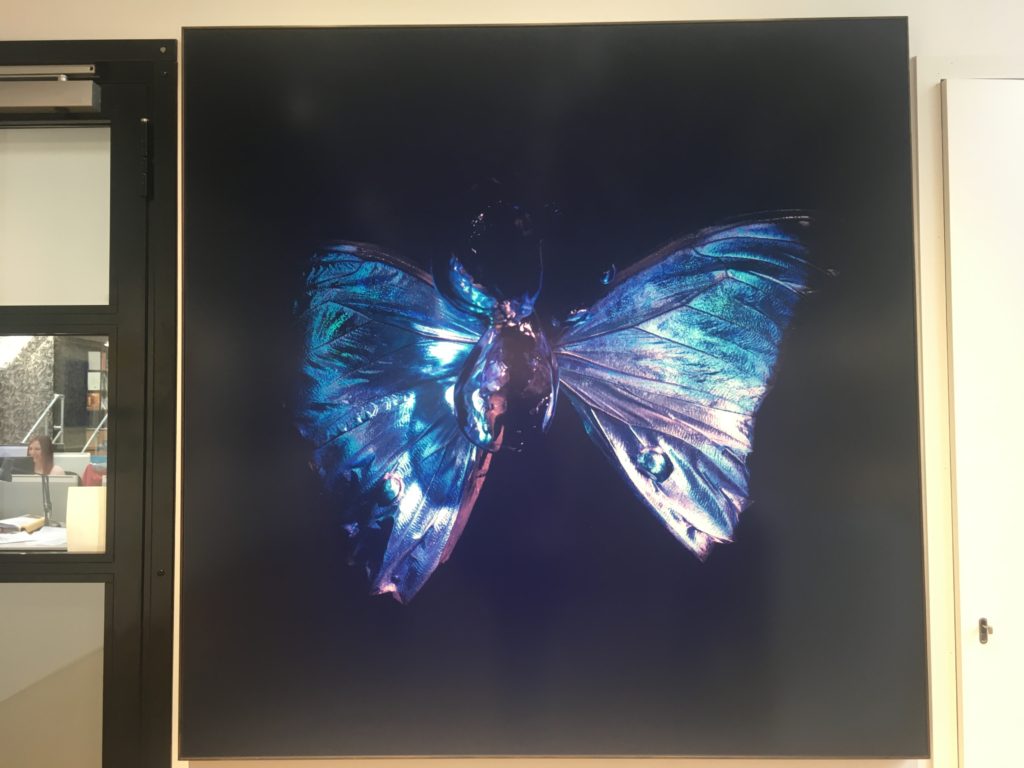
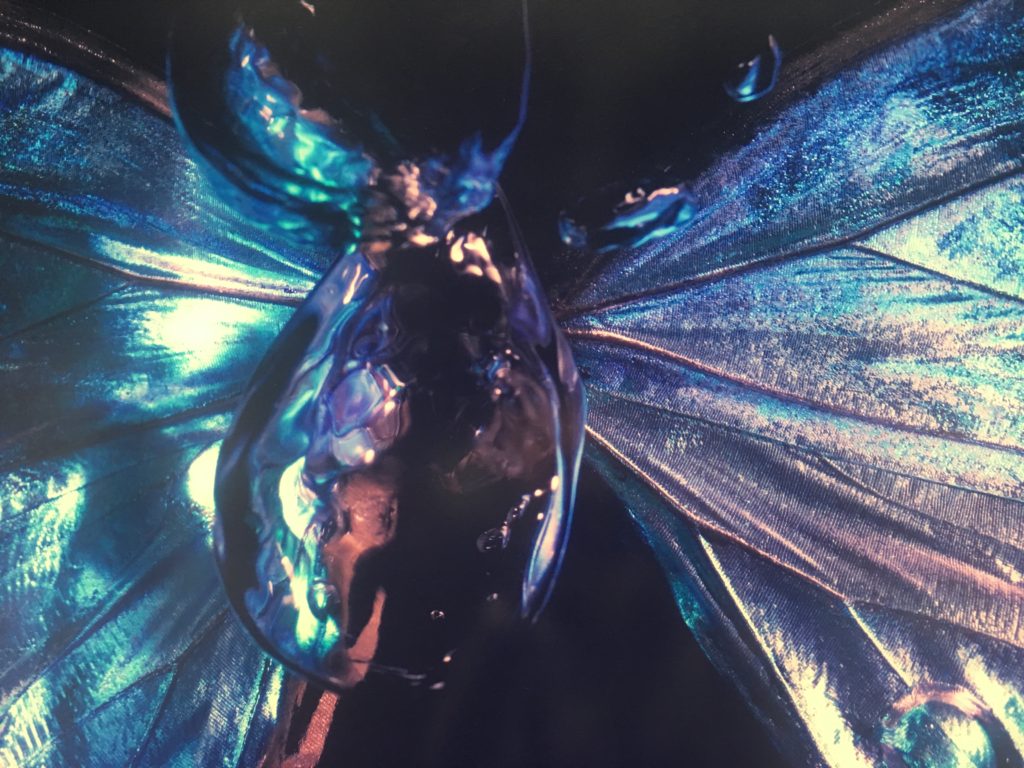
When I began this project I didn’t have any images of fire from previous shoots so I knew that this was going to be the element that I would have to work the hardest element on getting quality images. I did this shoot in my house, because the house that I live in is very old it has multiple fire places which I was able to use. What I liked about taking the image in my house meant that the fire was very small and contain because I feel that if it was any bigger I wouldn’t have been able to capture the image in a detailed way. I took these images on my Iphone once again as I would that my DLSR wasn’t able to capture the images quick enough to get the detail that was being created. I edited these image on my phone on the Lightroom app, I didn’t need to do much edited as the fire in the image was already very vibrant and sharp. The only editing that I did in post production was the increasing the levels of contrast and levels of low light in the image to isolate the the fire and reduce the visibility of the background. By doing this it increased the intensity and the colour of the fire which I think had improved the overall quality of the images greatly.



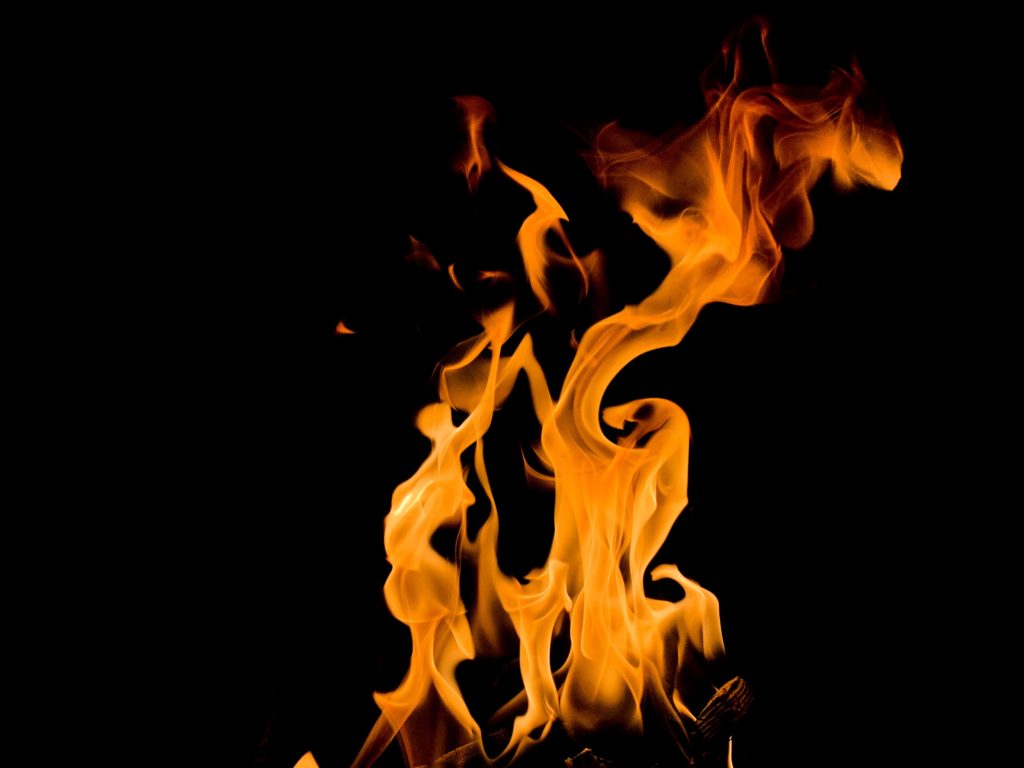


After editing the image from the shoot I found that the image became very repetitive and not that interesting, so I did some experimentation with the hue of the image but the image that I liked the most was the fire being monochrome.



Abstract photography is a means of depicting a visual image that does not have an immediate association with the object world and that has been created through the use of photographic equipment, processes or materials. An abstract photograph may isolate a fragment of a natural scene in order to remove its inherent context from the viewer, it may be purposely staged to create a seemingly unreal appearance from real objects, or it may involve the use of color, light, shadow, texture, shape and/or form to convey a feeling, sensation or impression. The image may be produced using traditional photographic equipment like a camera, darkroom or computer, or it may be created without using a camera by directly manipulating film, paper or other photographic media, including digital presentations.
One of the key advances of abstract photography has been the realization that cameras are not required to make photographs. Since the early twentieth century, abstract artists have continually returned to the “photogram” – the cameraless photograph – as a medium allowing for uniquely self-reflexive and creative interventions into the photographic form. Rather than capturing an image by the passage of light through shutters onto photosensitive paper, the paper itself is directly manipulated and treated – often brought into contact with other objects – allowing for a potentially endless array of effects. As a general rule, abstract photography has tended to avert its gaze from extraordinary and arresting subject-matter. Instead, it focuses on the irregular forms and impressions which can be generated by representing familiar objects in new ways.


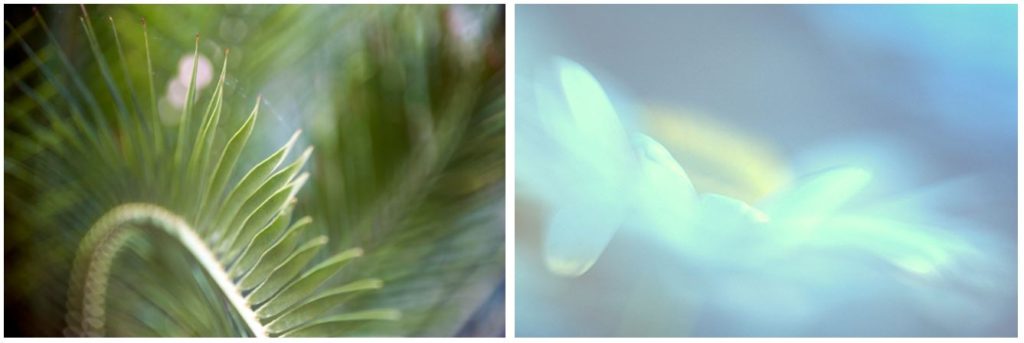

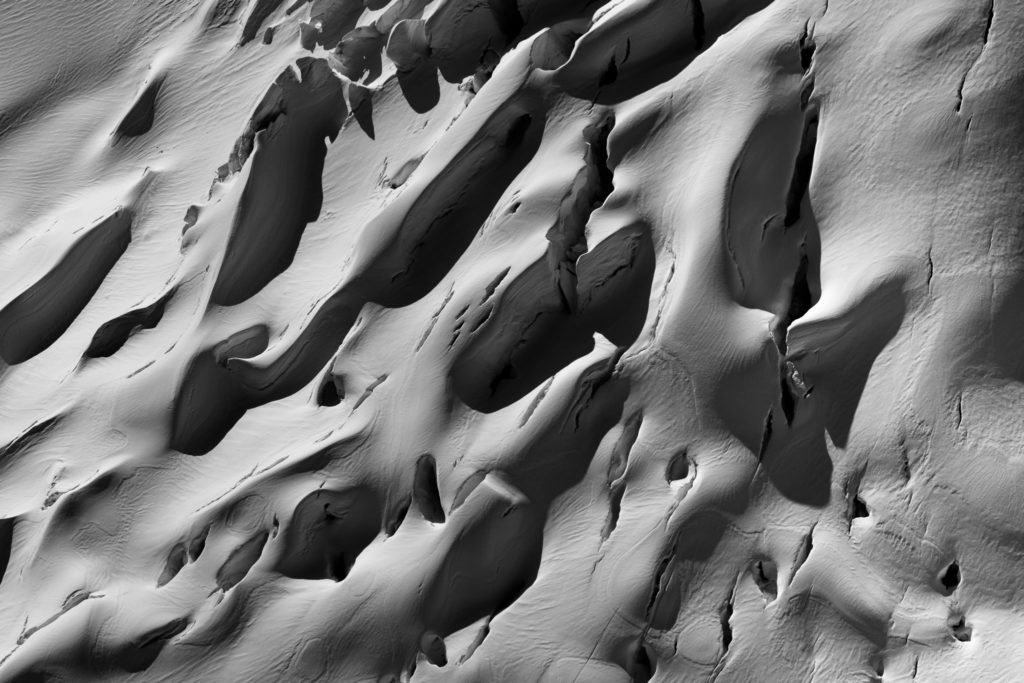
The series Paperworks, by Savolainen, is a study on the colors of sunlight and the photographic way of seeing. The images are made with a folded, white A4 sheet placed in direct sunlight at different times of the day and year. When looking at the picture at a distance, one might see a horizon line. When taking a closer look, it becomes clear that there is something strange about the view. The horizon appears to be a fold on a sheet of paper, the colors are reflections of sunlight on the white surface; a little bit of information makes the eye see something else than before. This series is a clear example of abstract photography linked to the natural landscape.


